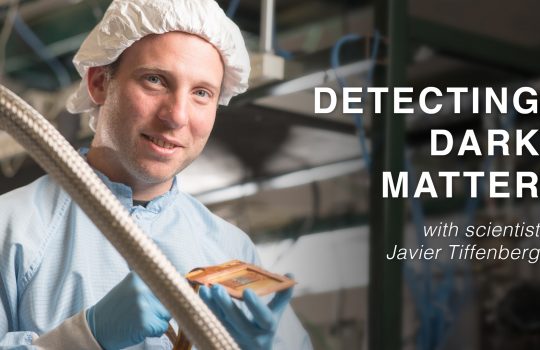Subatomic Stories: Is the Planck length really the smallest?
A reasonable question of physics is whether there is a smallest possible size and shortest duration. Some scientists have claimed that there are: the Planck length and Planck time. In the 20th episode of Subatomic Stories, Fermilab scientist Don Lincoln explains the truth of the Planck constants. It’s not what you think.


